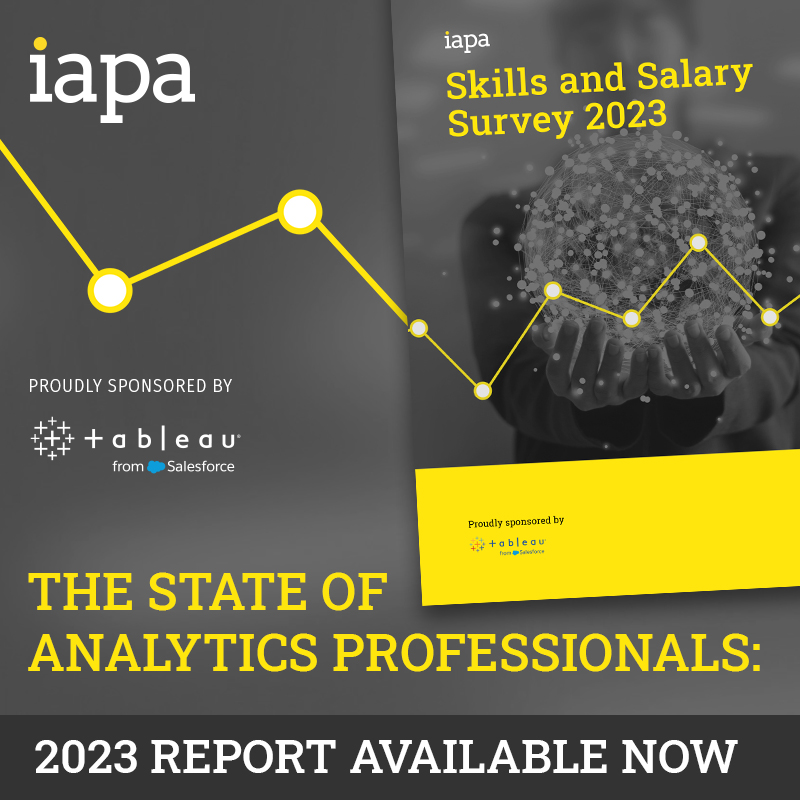Australians throw out $8 billion of edible food every year – which equates to about 345kg per household, according to statistics vetted by the ABC’s Fact Check.
There are many reasons why this occurs, anti-waste campaigners Foodwise say. Some of these reasons may include not checking what we have before going shopping, cooking too much or buying takeaway instead of using what’s already at home.
Now, a QUT researcher has embarked on a study [pdf, 26MB] to work out exactly why people throw food out “and how technology could be designed to influence this behaviour and reduce food waste.”
"There are three main reasons why household food ends up in the bin," Dr Geremy Farr-Wharton, from the Urban Informatics Research Lab in the QUT School of Design said.
"It is because of a lack of food supply knowledge (what's in my kitchen), food location knowledge (what's in my fridge and pantry), and level of food literacy (how to use it and how to judge its edibility)."
Knowing this, Dr Farr-Wharton tested several different ways to reduce food waste in test households.
One way involved dividing fridges into colour-coded zones for different food types – for example, dairy good were housed in a ‘white’ section while leftovers went into a ‘black’ section.
Food wastage fell among test participants because the colour coding of the fridge helped them find things more easily and constantly jogged their memory about what they had.
A second, more technologically sophjsticated test involved FridgeCam – an Android application on a phone that was “secured to the inside of a fridge door” to take “regular photos of the fridge’s state every three seconds the door remained open. The photos were automatically uploaded to a specific web address for users to utilise during their shopping,” Dr Farr-Wharton said in his thesis.
All FridgeCam testers found the technology had some limitations. Specifically, it could be hard to see everything one had from the photos – some things were inevitably obscured by others.
In addition, while the photos could show a milk bottle or tub of butter in the fridge, it wasn’t necessarily clear how much of each was left.
It did improve the “food supply knowledge” of its users as they shopped, but Dr Farr-Wharton noted that colour coding the fridge resulted in a bigger percentage saving in food waste.
Dr Farr-Wharton used the findings of these two tests to inform the development of EatChaFood, a mobile app that created an inventory of food in the fridge and colour-coded its location; that took photos of the fridge interior; and that enabled the user to find recipes that used ingredients that were about to expire.
He then tested its efficacy with two already-available commercial apps – Fridge Pal and LeftoverSwap.
“Our findings showed that each application has a positive impact on raising consumer awareness of their food supply, location and literacy,” he said.
However there were some challenges. One, with the researchers' own EatChaFood app, concerns how the food inventory is built up in the app.
Australian food infrastructure does not currently allow for information about food items to be easily codified at the point of sale,” Dr Farr-Wharton noted.
“In some countries, such as the U.S., certain information can be appended onto a food item using a barcode, which can link to corresponding databases which include complementary information such as the food’s name, type and expiry.
“This limitation in the current Australian food infrastructure causes the process of adding new items into EatChaFood to be unnecessarily user-intensive.”
Dr Farr-Wharton feared it could lead to some users giving up on the app, meaning the chance to reduce food wastage was lost.
He said the next step was for industry and others to better design technology to reduce food waste.
"With our design research, we are essentially 'connecting' people with their food - reducing the gap between food producers and consumers," he said.
"The next step in reducing domestic food waste is to design technology that knows what you have bought, where it is stored, and how to use it, so people can focus on cooking and eating."









